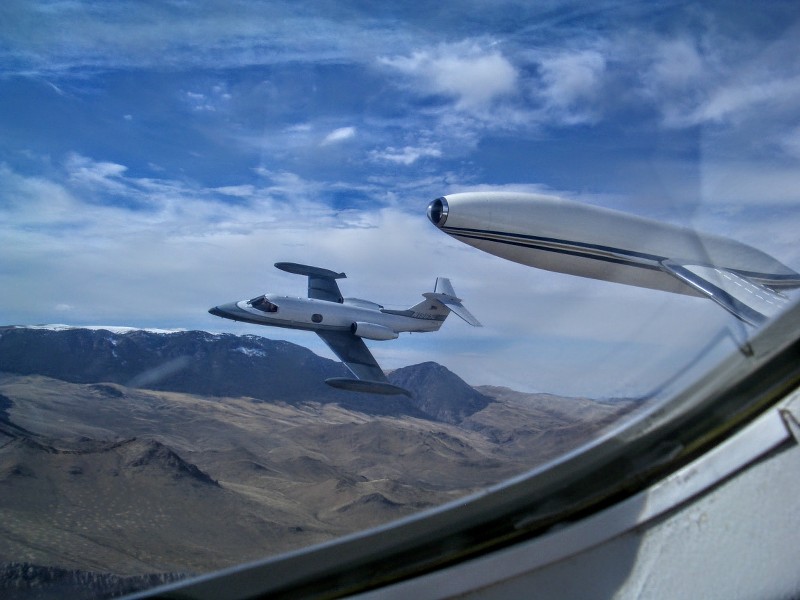tobnpr,
There are a lot of techniques that can be used to get an airplane to slip the surly bonds. At some point all the pieces fall into place and everything makes perfect sense (I’m still waiting for that moment to happen). You stated that it was your first pre-flight briefing, so the concepts that are being discussed will make more sense as your training progresses.
My perspective is that an airplane is an AIRplane, not a 180hp tricycle that won’t fit through a toll booth. Arbitrarily extending the ground roll is, in my opinion, bad technique and in some cases bad for the airplane. Given that, it's not the airplane that is “happier” rotating at 80, but the pilot (in this case, your CFI). That said, there are conditions, such as strong/gusty winds, in which it is safer to delay liftoff until a higher speed is attained, and you will learn more about this as your training progresses.
Regarding the matter of terminology, some replies to your post addressed the use of the term rotate. Rotate, and Vr, were not traditionally used in the operation of light aircraft, especially when your Cherokee was built (I’ve noted increased use of the terms over the past decade or two, to the annoyance of some). Simply put, rotate means that a pitch input is applied that results in the nose moving up or down. Less-simply-put, the nose describes an arc whose radius is referenced to either the main wheel axle while on the runway, or the CG when in the air. In light aircraft, Vr can be understood as a speed at which we apply a control input to establish the desired pitch attitude for takeoff. In the case of aircraft like a Boeing airliner, Vr has additional, and very specific, meaning.
During your pre-solo training you should gain a good working understanding of the relationship between pitch attitude and aircraft performance.* When we apply a nose-up pitch input to rotate during takeoff, our goal should be to establish the desired pitch attitude, which we determine by visual reference. Your CFI should help you to identify and consistently establish the correct pitch attitude.
If you’ve managed to read this far, thanks for your patience. In the GA world, there are almost as many techniques as there are pilots, and each of those techniques has worked successfully—at least once—to get an aircraft off the ground. If the AFM/POH provides guidance, that information should be considered valid and reliable under the stated conditions, and adjusted as appropriate for conditions other than stated. Among the vast and varied GA fleet, AFM/POH takeoff performance information varies from comprehensive to nonexistent, so it is important to grasp the basic concepts and when/how to apply them. During your training you will learn about the effects that runway condition (short, soft, standing water, snow, etc.), and environmental conditions such as strong, gusty winds, have on takeoff performance, and how to adjust your Vr (if you insist) and initial pitch attitude to achieve the best and/or safest performance. Know your airplane, know yourself, know your situation.
RW
* There’s an old adage, “pitch + power = performance,” and this holds true for most, if not all, fixed-wing aircraft.

